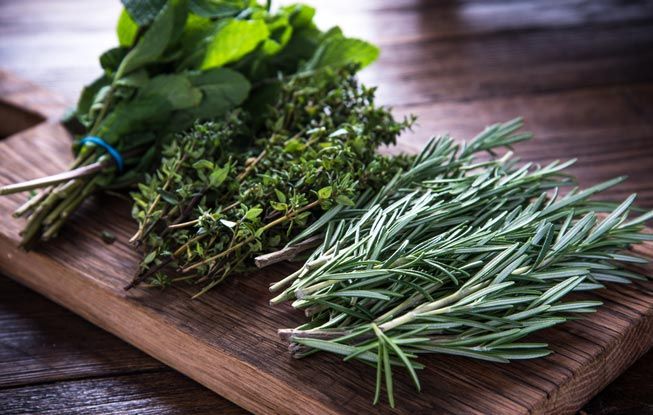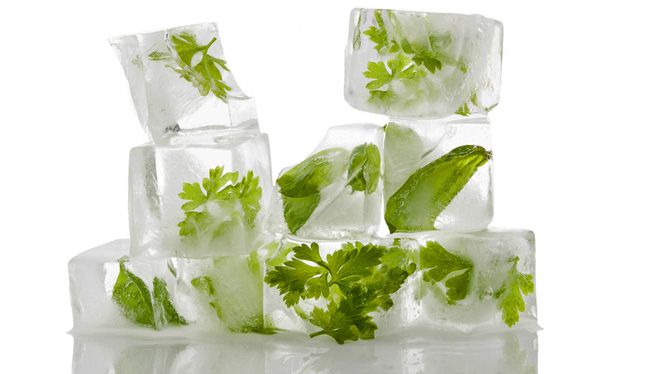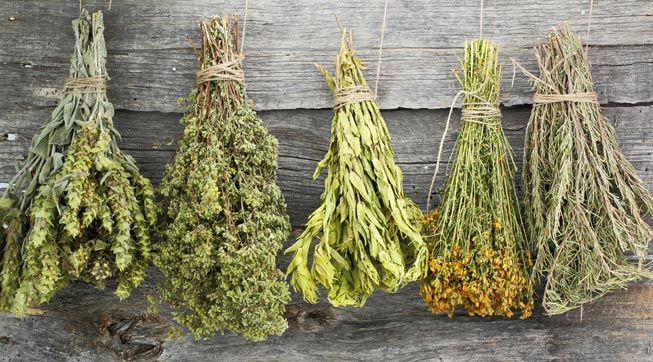Your cart is currently empty!
3 smart ways to preserve your herbs


It’s almost time to consider harvesting all the herbs that have been growing during these warm days. If your herb garden is thriving, thanks to epic rain and plenty of summer sun, there are some tried-and-true ways to enjoy those freshly grown herbs all season long. Here, our experts explain three workable options.
1. Deep-freeze them

While almost no method will perfectly match eating or cooking with freshly harvested herbs, freezing them gets pretty close, says Kevin Espiritu who runs Epic Gardening, an urban gardening site. You’ll lose the texture, but the flavor will remain very close to how they would taste freshly picked.
“The best way I’ve found is to chop them up and freeze them in olive oil in an ice cube tray,” Espiritu says. “When they’re frozen, transfer them to a plastic bag or container. This works better than chopping them and putting them in a bag due to freezer burn, and it’s better than freezing in water because of how long it takes to thaw.”
For Michelle Polk, an acupuncturist and herbalist who runs Houseplant Girl, a site dedicated to educating people about the importance of plants and herbs, harvesting herbs is all about preserving flavor.
“You can puree and freeze fresh basil using a food processor and mixing the leaves with olive oil,” she says. Use one tablespoon of olive oil per one cup of herbs. “Then freeze the pureed basil in an ice cube tray and store in a plastic bag. Just make sure you don’t mistake these ice cubes for cocktail cubes. It could make for an interesting drink!”

2. Dehydrate them
The downside of dehydrating herbs is that this method won’t work for all herbs and you may end up with herbs that have a less intense flavor. Still, lots of people opt to dehydrate them anyway — they do look good as a decorative item during the dehydrating process.
To do this, tie the stems of your herbs together and hang them in bunches upside down. Just be sure to place them in a warm, dry environment.
“For the herbs to fully dehydrate they need a lot of air circulation, or they either won’t dry or will develop mold or fungus,” Espiritu says.
Keep in mind that this process will take a few days. Once the herbs are dehydrated and are dry to the touch, separate the leaves from the stems and either store them as-is, chop into fine pieces or grind into a powder and store in spice containers.
3. Oven dry them
You can use your oven to dry herbs, but this process can be a bit more challenging than it sounds, Polk says.
“You will need to put your oven at around 100 degrees [Fahrenheit], which is so low that many ovens don’t have that option,” she says. “The herbs also need air circulation or a vent, and some ovens don’t come with that option either.”
When in doubt, try. “What I always recommend is to place your oven on the lowest heat setting and keep the oven on its lowest heat setting,” she says. “It’s trial and error at its best!”





Leave a Reply
You must be logged in to post a comment.